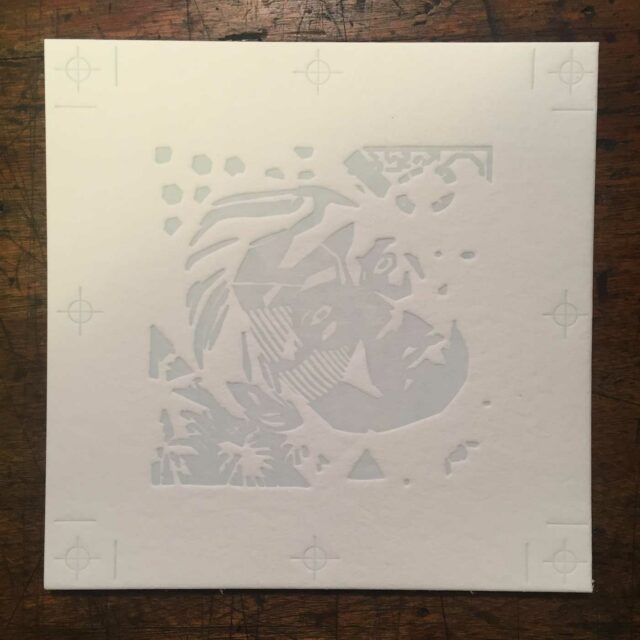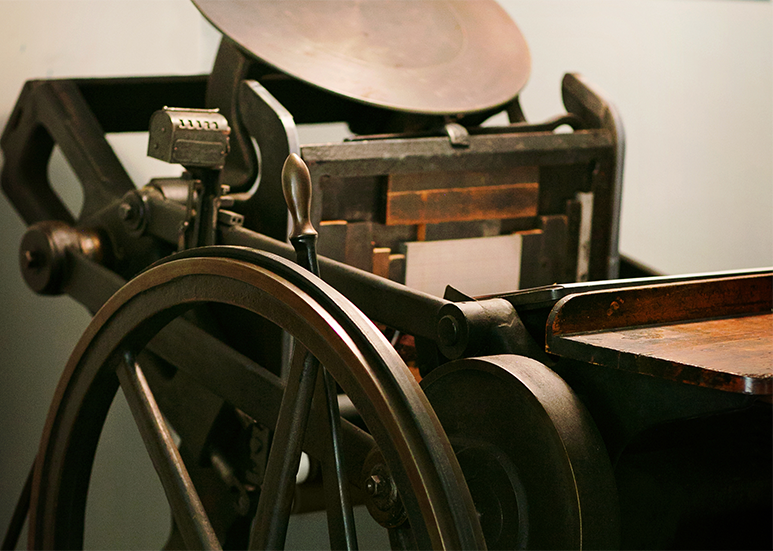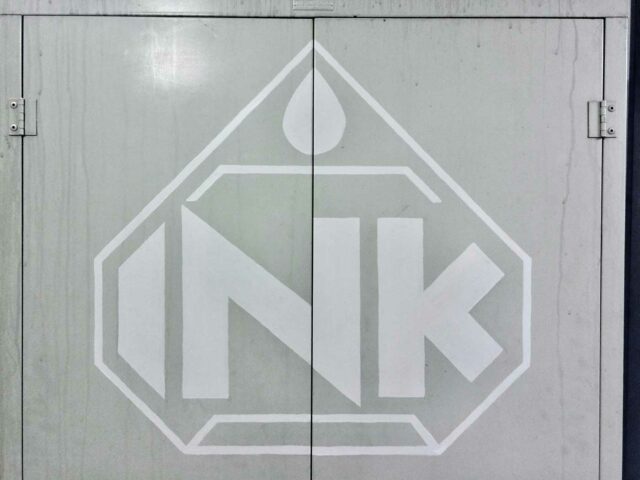A Cursory Inquisition: Technical Edition
What kind of machine do you run?
Our main press is a one-ton 12”x18” new-style platen printing press, built by Chandler & Price of Cincinnati, Ohio, over a century ago. This press has been modified to run with a motor on the large flywheel. All prints are hand-fed one at a time, one color on the press at a time. The platen of the press opens and closes like a clamshell. As it opens, a paper can be placed inside it, opposite the design to be printed. As the press closes, the paper connects with the design and voila: a print is born! It runs at a rate of one print every 2 seconds (this is just my own anecdotal non-technical measurement based on the rhythm of the press and how much time I seem to have to get my hands out of the way). I have yet to lose an appendage, but there’s still time…
What kind of paper do you use?
We exclusively use cotton paper, in different weights. Cotton paper is great for both technical reasons and for the environment. This paper is known for its very pillowy, soft and flexible surface. It also creates a smaller agricultural footprint and faster renewability than wood pulp paper.

Blind debossed Crane’s Lettra 110lb cotton paper.
What kind of ink do you use?
On our letterpress prints, we exclusively use oil-based ink. Most of our ink is second-hand from large offset printing operations that have small quantities they can no longer make use of. These “small quantities” for them, last us YEARS!
What kind of effort does it take to make one art print?
Our concepts are often months in the making. Because Nathan and I work as a team, the brainstorming and collaborative back and forth is often slow-going and sometimes involved shelving an idea and coming back to it years later. On rare occasions, we stumble into just the thing on the first pass, and those historically have always been pieces that hold a special magic for us.
Once the concept is complete, we hand-draw each design. Often, we are both drawing different elements of it and then collaging them together for the finished layout. I clean everything up in Adobe Illustrator, set the type digitally for our finalized wording, and make unique photopolymer printing plates of every color layer.
While I’m waiting for the printing plates, I will cut the paper to size, mix my inks and strategize my printing technique (if it’s complicated). Then I turn up my music and flip the switch on the press!
Each color in a letterpress printed piece is printed separately for the edition. This means all 100 prints will get their first color layer printed, at the same time. Then the press is entirely cleaned of ink and the second color is prepped and run, and so on. The size of the print edition is less of a factor in the time it takes than the number of colors and complexity of the design.




The stages of printing a 3-color handbill with die-cut. Artwork by Tyler Stout.


